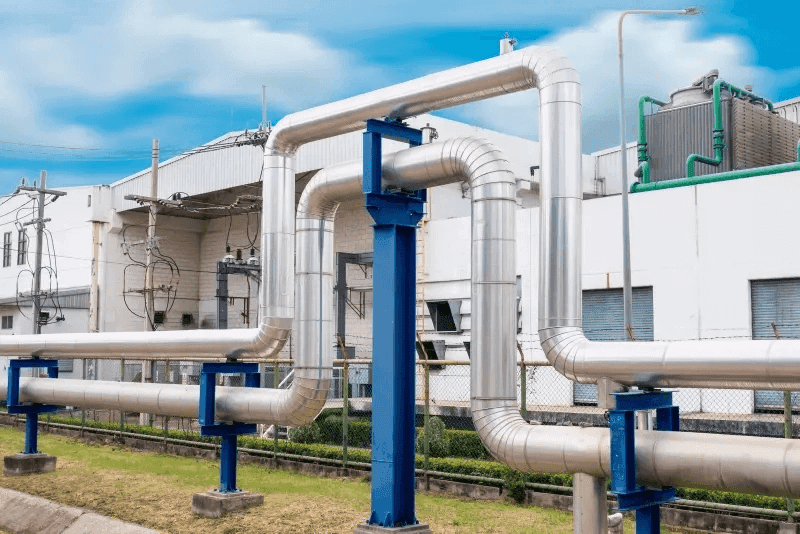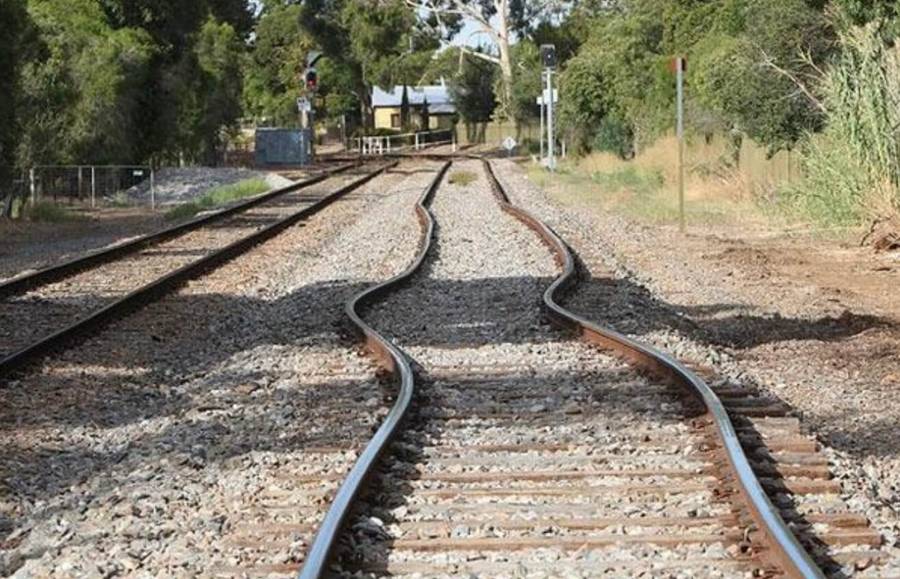Thermal Expansion in Installations and Beyond - Compensation Methods
5 września 2024 | Pipes
Thermal expansion of pipes is crucial for trouble-free operation of sanitary installations, as temperature changes affect their length. In this article, we will discuss expansion calculations, different pipe materials, and compensation methods.

Introduction
Thermal expansion of pipes may seem complex, but it is extremely important for long-term and trouble-free operation of sanitary installations. The temperature of the environment and the medium flowing through the pipes affects their length, which can lead to serious damage if not properly compensated. In this article, we will analyze thermal expansion calculations, discuss different pipe materials, and methods of compensating for these expansions.
Thermal Expansion Calculations
The basis for thermal expansion analysis is the formula:
Where:
- is the thermal expansion,
- is the initial pipe length,
- is the coefficient of thermal expansion of the material,
- is the temperature change.
| Material | Linear expansion coefficient α [mm/m∙K] |
|---|---|
| Steel pipes | 0.012 |
| Copper pipes | 0.0165 |
| PEX pipes | 0.2 |
| PEX/Al pipes | 0.026 |
| HDPE pipes | 0.2 |
| PP pipes | 0.18 |
| PP-Al pipes | 0.035 |
Table 1. Linear expansion coefficients of different materials
Example: if we have a polypropylene plastic pipe 20 meters long, whose temperature increases by 50°C (e.g., we installed it at room temperature of 10°C, and then water at 60°C flows through it) then with an expansion coefficient of the expansion will be:
Such changes may seem small, but on large sections they can cause significant problems. Our compensation calculator will help you perform these calculations accurately.
Methods of Compensating for Thermal Expansion
The type of material from which the pipes are made significantly affects their expansion:
- Metal pipes: Have a low expansion coefficient. For example, steel (0.012) and copper (0.0165) are more thermally stable.
- Plastic pipes: Have a higher expansion coefficient. PEX (0.2) and PP-R (0.18) can expand significantly more.
 Compensation joint - compensator
Compensation joint - compensator
Thermal expansion compensation can be achieved in several ways:
- Natural L and U shapes: Creating loops or bends in the installation allows pipes to safely expand and contract.
- Compensators: Specialized devices built into the pipeline absorb length changes.
- Sliding and fixed mounts: Allow controlled pipe expansion in specific directions, protecting the entire installation.
In the next article, we will focus on the methodology of calculating natural L and U compensators. Now use our compensation calculator to find the best solution for your installation.
Thermal Expansion in Other Industries
 Rail buckling caused by thermal expansion
Rail buckling caused by thermal expansion
Thermal expansion is not only about pipes in sanitary installations. Here are some examples from other industries where this phenomenon is equally important:
-
Railway tracks: In the case of railway tracks, temperature changes can cause them to expand or contract. To prevent deformations and accidents, special expansion joints (simply gaps) are used, which allow controlled movement of the tracks.
-
Bridges: Bridge structures are also exposed to thermal expansion. Special bridge expansion joints (e.g., expansion gaps) are built into bridges to allow safe expansion and contraction of structural elements.
-
Floating floors (panels): In homes, we also encounter the problem of thermal expansion. When laying floating floors (e.g., panels), an expansion gap is left around the walls to allow the material to expand under the influence of temperature and humidity changes. Otherwise, the floor will have nowhere to expand in length because the walls will prevent it. In such a case, the panels will definitely deform. The floor will simply bulge in certain places.
These examples show how widely thermal expansion compensation methods are used in various fields. Using appropriate solutions ensures the safety and durability of structures and installations.
Summary
Thermal expansion of pipes is a key element in designing sanitary installations. Proper calculations and appropriate compensation can prevent costly failures and ensure trouble-free operation of systems. Our compensation calculator is an indispensable tool that will help you in accurate and safe installation planning. Don't wait — take care of your installation today!
Back to articles list